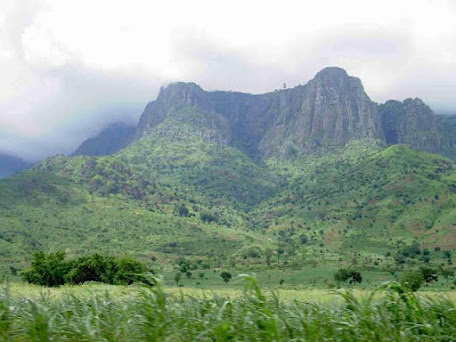When you think of a safari, what comes to mind? Stunning wildlife, breathtaking landscapes, and the adventure of a lifetime, right? But did you know that your safari experience can also play a vital role in protecting wildlife and supporting local communities?
Let me share a story to show the impact of responsible tourism.
Last year, we hosted a family on
their first safari in the Serengeti. They marveled at the Great Migration and
were deeply moved by stories shared by our local guides. One of the children
asked, “Does this mean we’re helping save the animals too?” The answer
was a heartfelt yes!
By choosing a safari, travelers
like you become part of a powerful movement to preserve natural wonders and
empower communities. Here’s how your adventure makes a difference:
1.
Protecting Wildlife
Safari tourism generates crucial
funds that help conserve wildlife. From anti-poaching patrols to wildlife
monitoring programs, your visit supports efforts to safeguard endangered
species. Without these funds, many conservation initiatives would struggle to
continue.
For example, Tanzania’s national
parks and reserves rely heavily on tourism revenue to maintain their vast
ecosystems, ensuring that species like elephants, lions, and rhinos thrive for
generations to come.
2.
Empowering Local Communities
Safari tourism provides jobs,
education, and resources to local communities. Many operators work directly
with villages near protected areas, creating a ripple effect of empowerment.
Guides, drivers, hospitality staff, and artisans all benefit from your visit,
ensuring that tourism dollars stay within the community.
By choosing ethical safari
providers, you’re helping communities become the stewards of their lands and
wildlife.
3.
Promoting Sustainable Tourism
Responsible safari companies focus
on eco-friendly practices, from minimizing carbon footprints to educating
travelers about conservation. These efforts ensure that tourism contributes to
preserving the environment rather than harming it.
At Northern Circuit Adventure, for
instance, we prioritize sustainability by collaborating with local
organizations and promoting conservation-focused itineraries.
How
You Can Help
Planning a safari is more than just
a holiday—it’s an opportunity to make a difference. Here’s how you can maximize
your impact:
- Choose a tour operator committed to conservation
and community support.
- Participate in activities that promote
sustainability, like tree-planting initiatives or cultural exchanges.
- Educate yourself and others about the importance
of preserving our natural heritage.
A
Holiday with Purpose
As the holiday season approaches,
consider a journey that combines adventure with meaning. Imagine witnessing the
Great Migration, meeting passionate local guides, and knowing your trip is
helping to protect one of the most extraordinary places on Earth.
At Northern Circuit Adventure,
we’re proud to offer experiences that inspire travelers while contributing to
conservation and community development.
Are you ready to embark on a safari
that makes a difference? Let’s make your dream adventure a reality.










